Sites of the Project
Landscapes bear signs and symbols that represent social norms, group shared identity, memory, and cultural codes. Moreover, they reflect the manner in which all these ideas are contested and debated between various forces. Following this theoretical understanding of our study we are currently engaged in a multi-sited analysis focusing mostly on newly emerging, recently-revived-enchanted places and often enough contested on the margins of Israeli society. These sites are constitutive and essential to our primary goal to unearth the nuances and transformation of the greater landscape (Israel-Palestine) for the purpose of illuminating the role of artifacts, icons, and the sites themselves as spatial metaphors. In so doing, we draw heavily on Ivakhiv‘s argument that enchanted places ought to be viewed as a means for ―distributing significance across geographic spaces‖ (2006). In our various sites (and the list is getting longer as the project develops) we wish to answer the following questions: Who gets to author sacred landscapes? What are the symbols and cultural codes that are inscribed within Muslim, Christian, and Jewish sites? And how do these places serve as markets for the exchange of ideas, objects, and symbols? Therefore, each of the current sites is suggestive and a contributing factor in trying to understand the ‘bigger’ picture of the emerging and ever transforming sacred geographies of the region
 ,
,  ,
,  ,
, 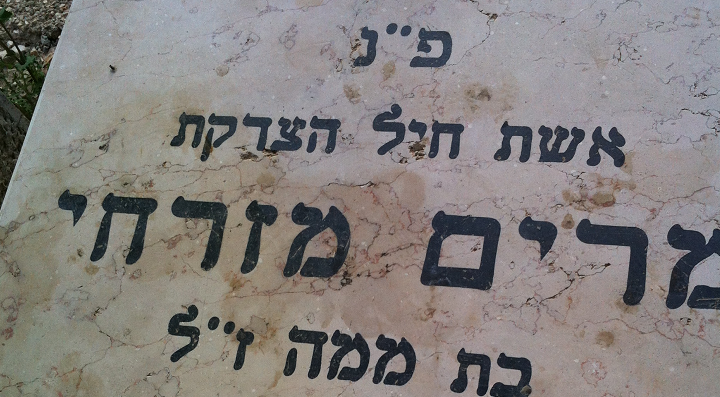 ,
,  ,
, 
 ,
,  ,
,  ,
,  ,
, 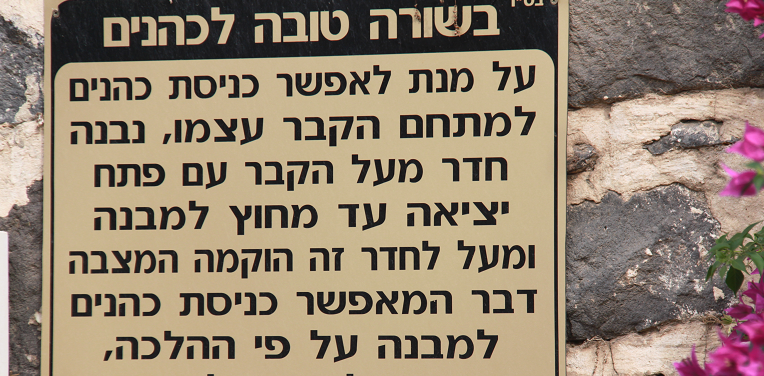 ,
,  ,
, 
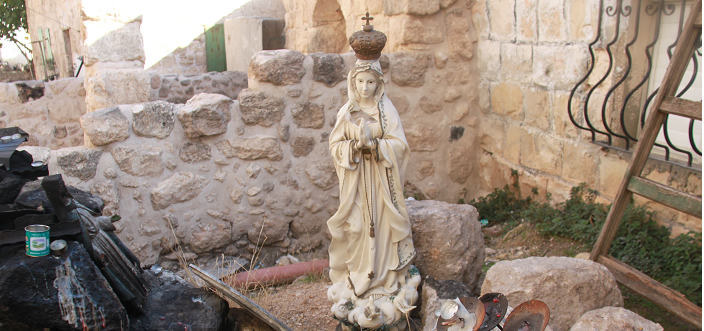 ,
,  ,
,  ,
,  ,
,  ,
, 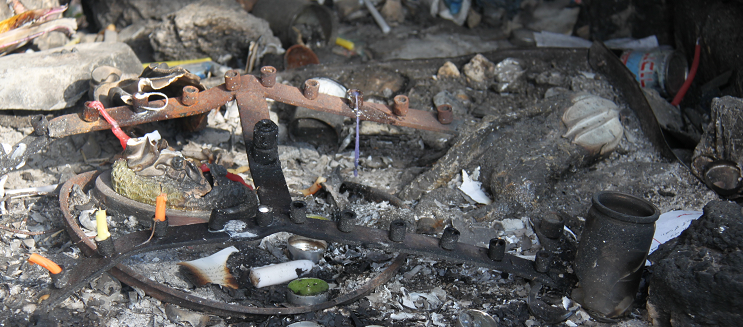 ,
,  ,
, 
 ,
,  ,
,  ,
,  ,
, 
 ,
,  ,
,  ,
,  ,
,  ,
,  ,
,  ,
,  ,
, 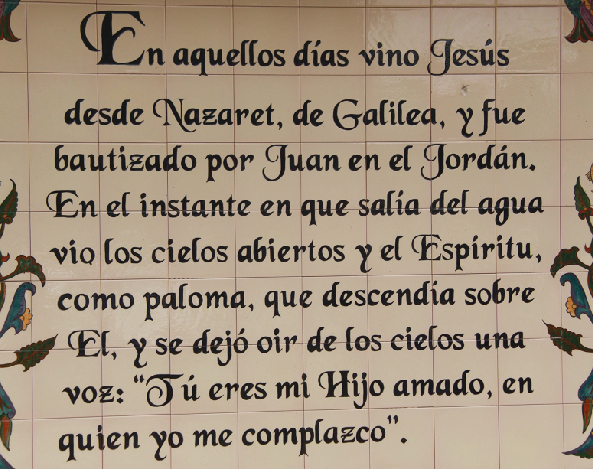 ,
,  ,
, 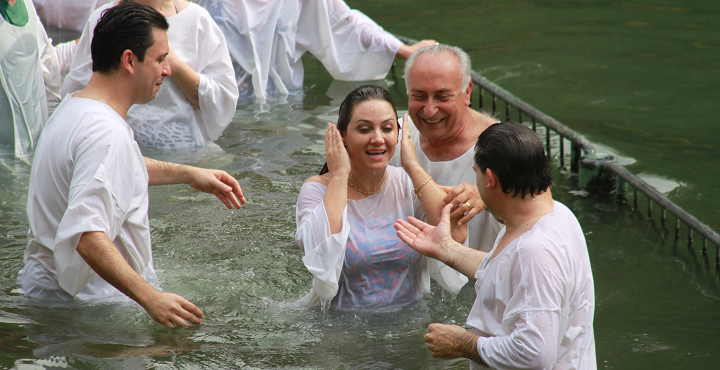
 ,
,  ,
, 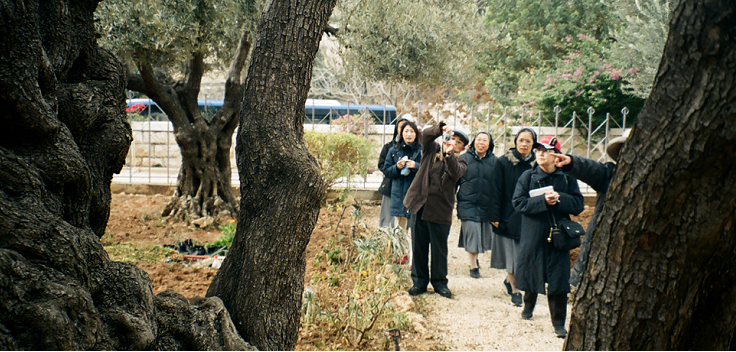 ,
,  ,
, 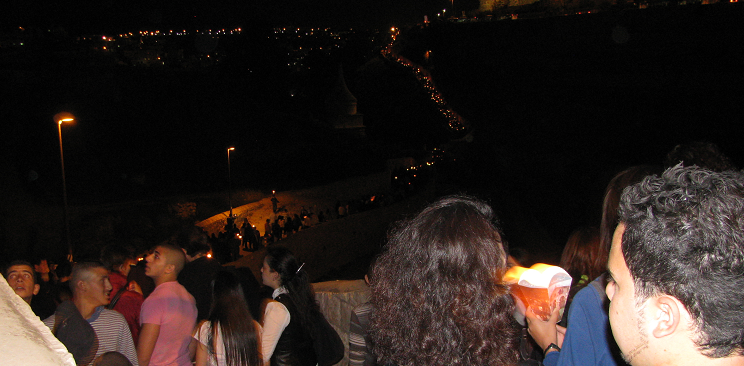 ,
, 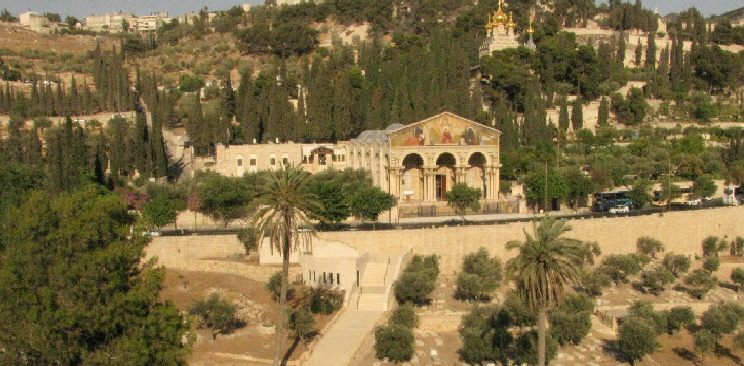 ,
,  ,
,  ,
, 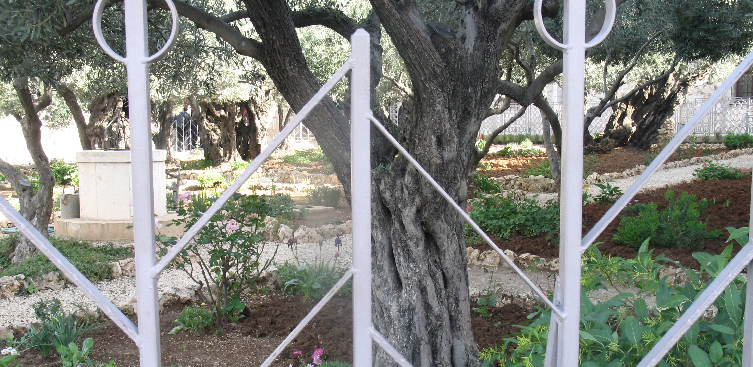 ,
, 
 ,
,  ,
, 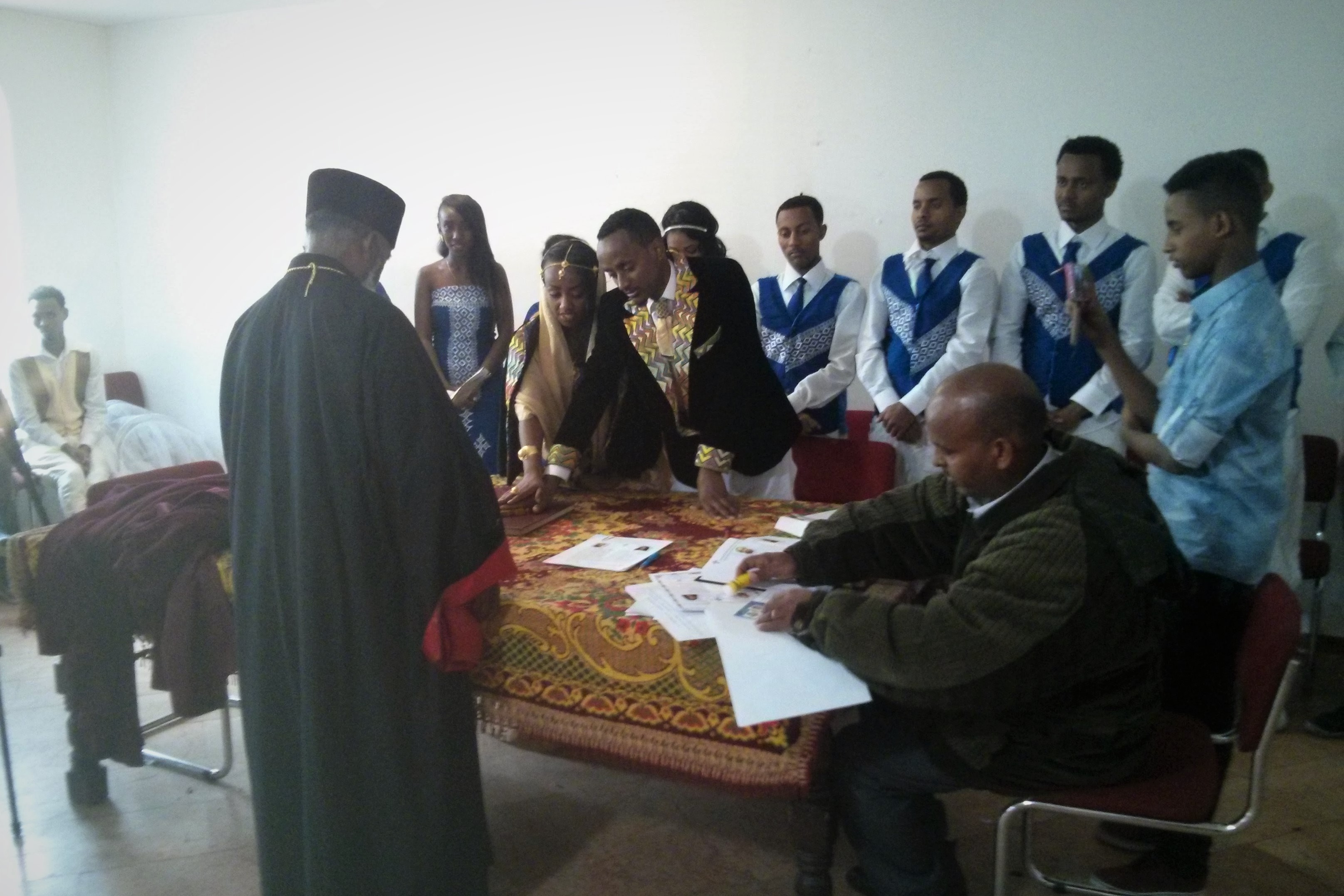
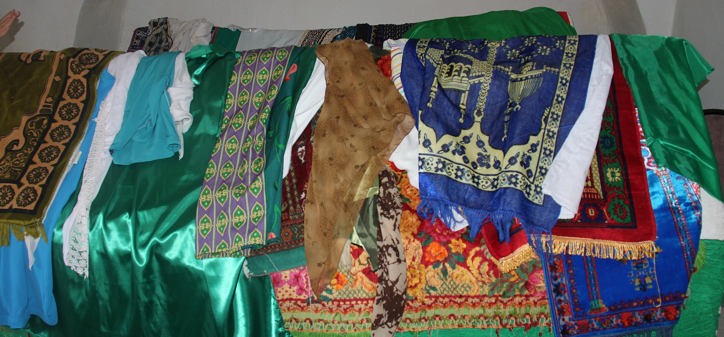 ,
,  ,
,  ,
,  ,
,  ,
,  ,
, 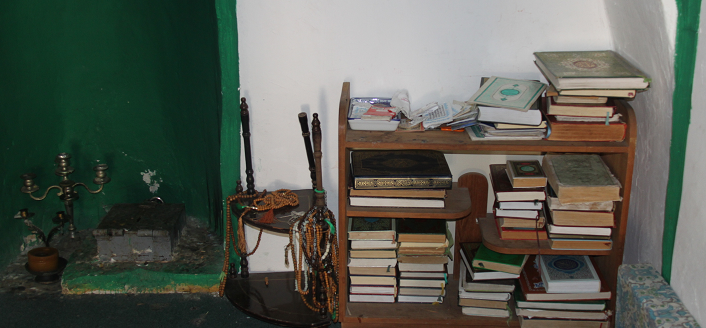 ,
, 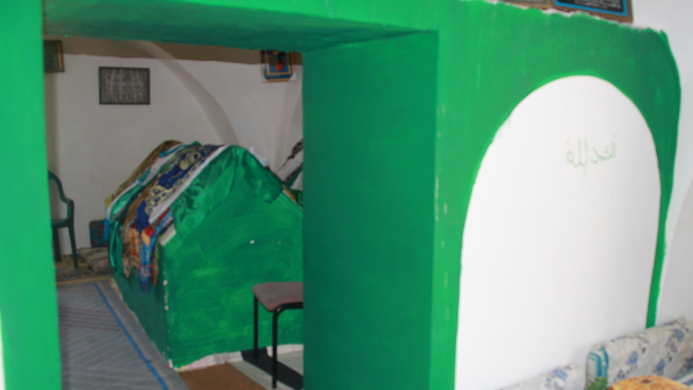 ,
, 
 ,
, 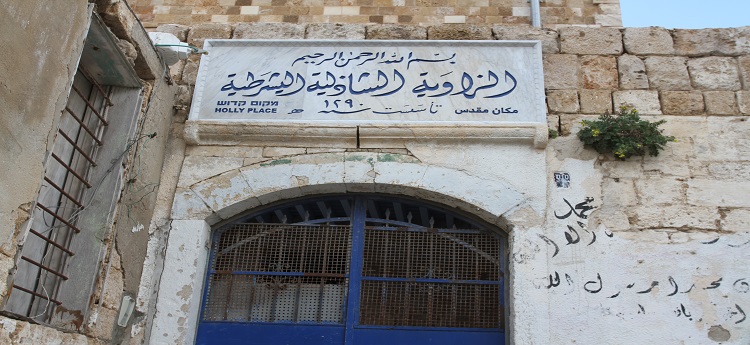
 ,
,  ,
, 
 ,
, 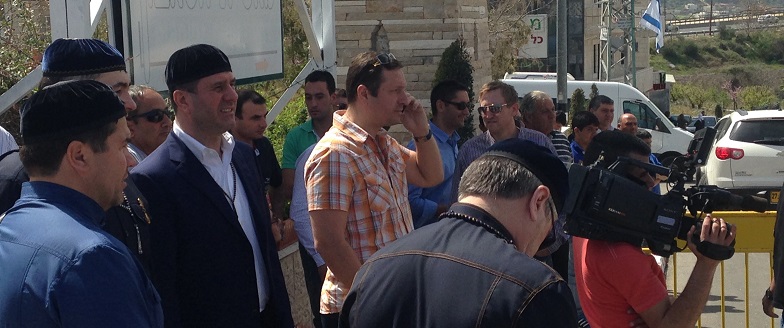 ,
,  ,
, 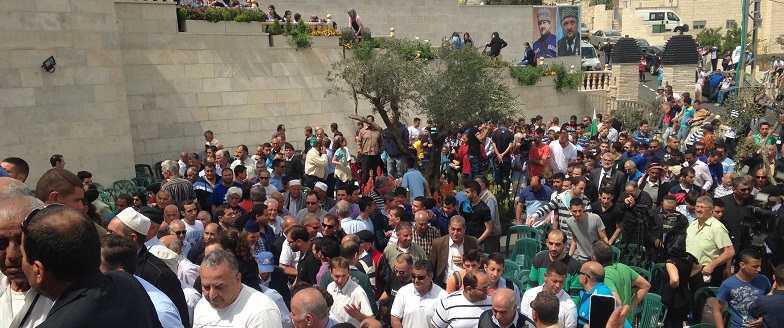 ,
, 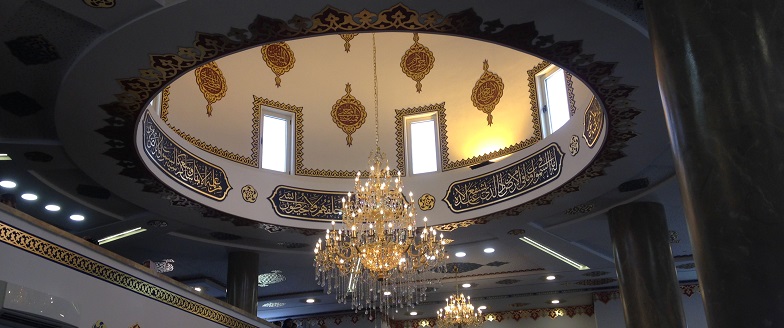 ,
,  ,
, 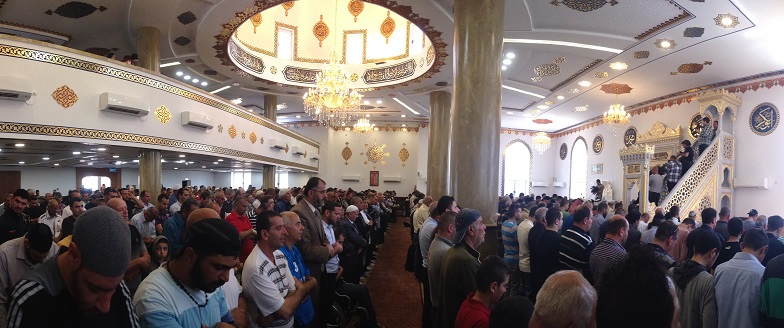 ,
, 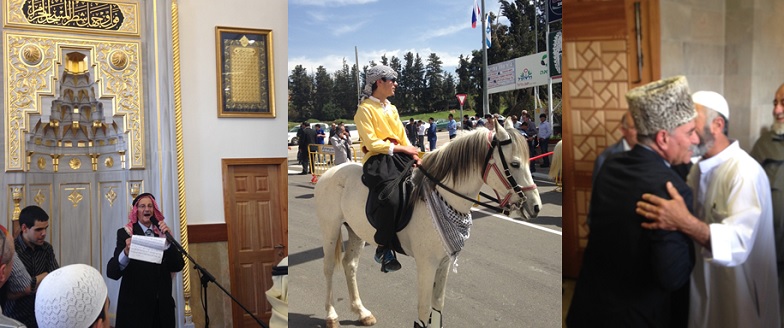
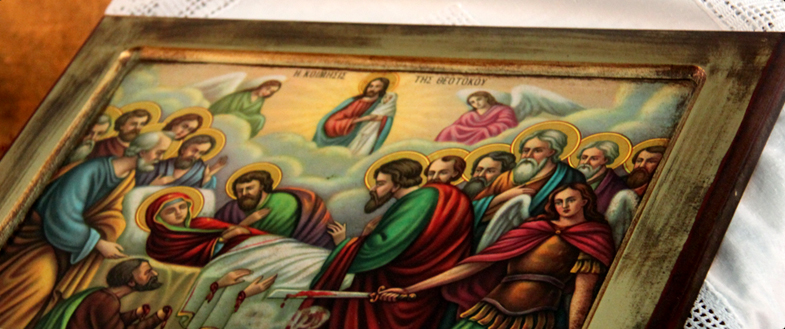 ,
, 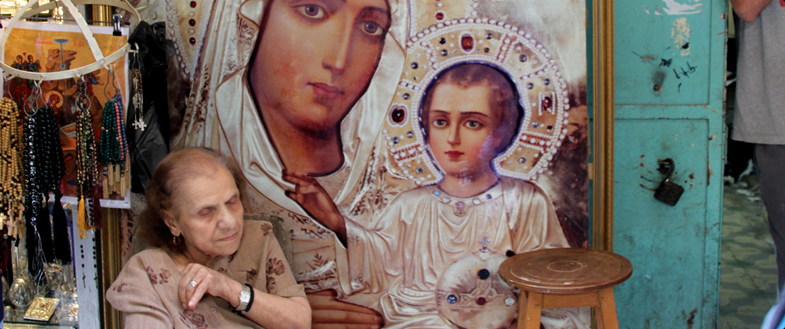 ,
, 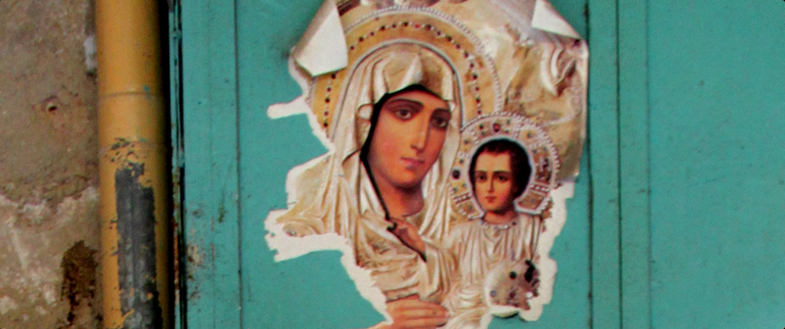 ,
, 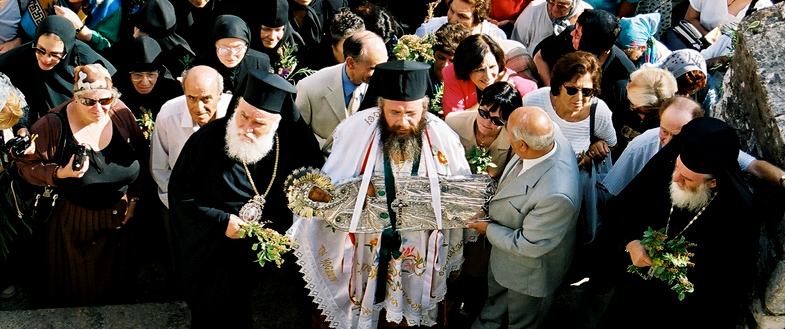 ,
, 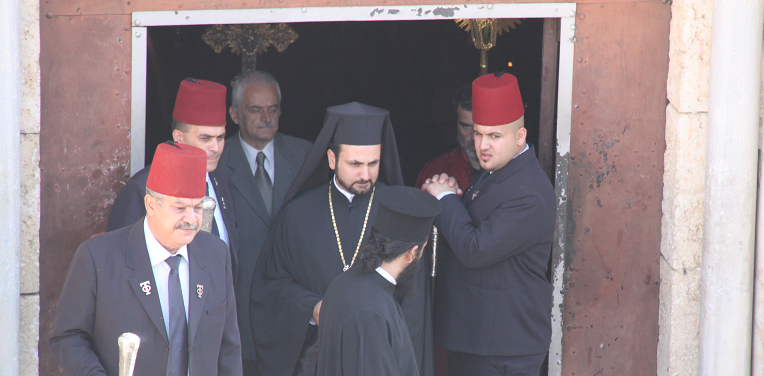 ,
,  ,
,  ,
,  ,
,  ,
, 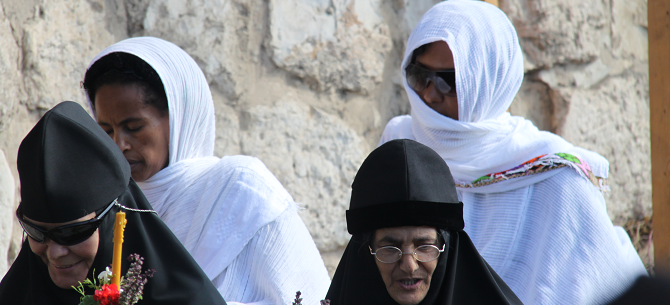 ,
, 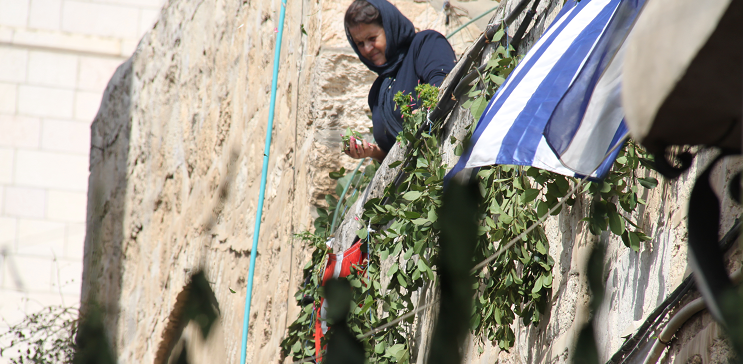 ,
,  ,
,  ,
, 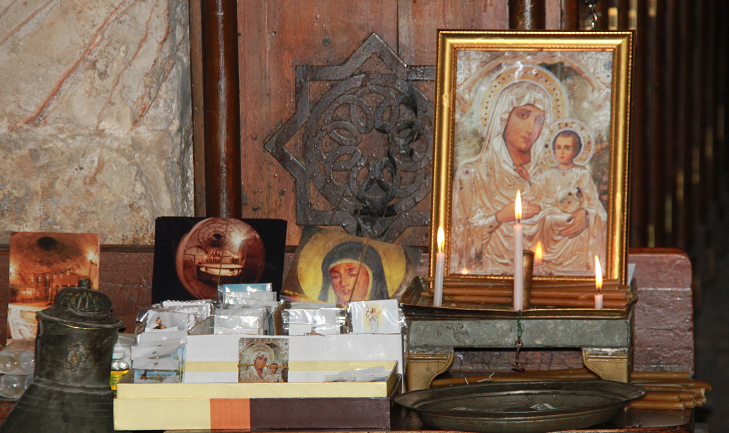 ,
, 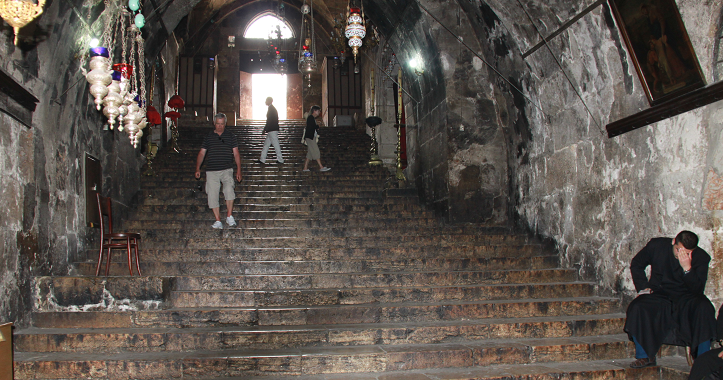 ,
, 
 ,
, 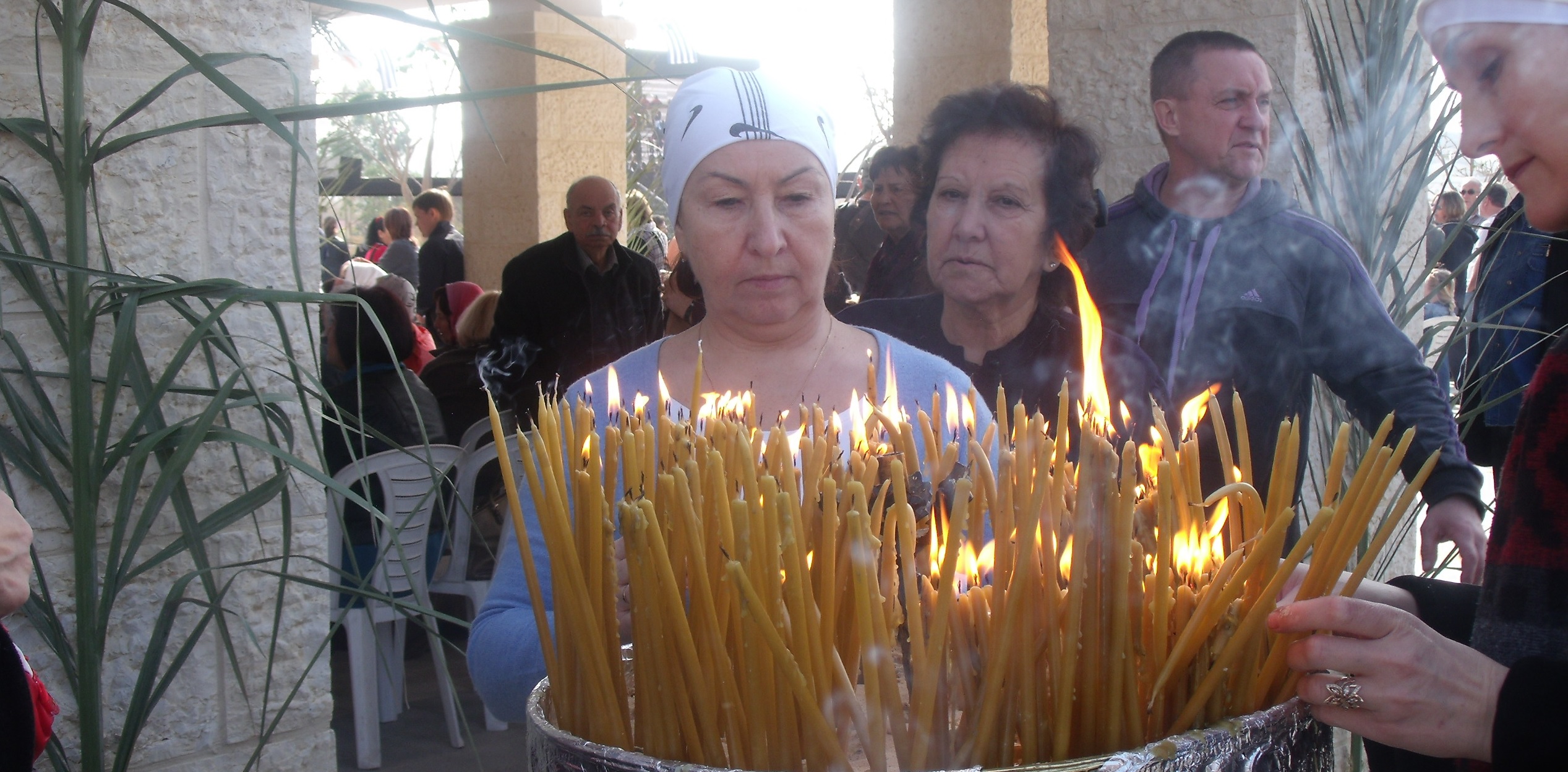 ,
, 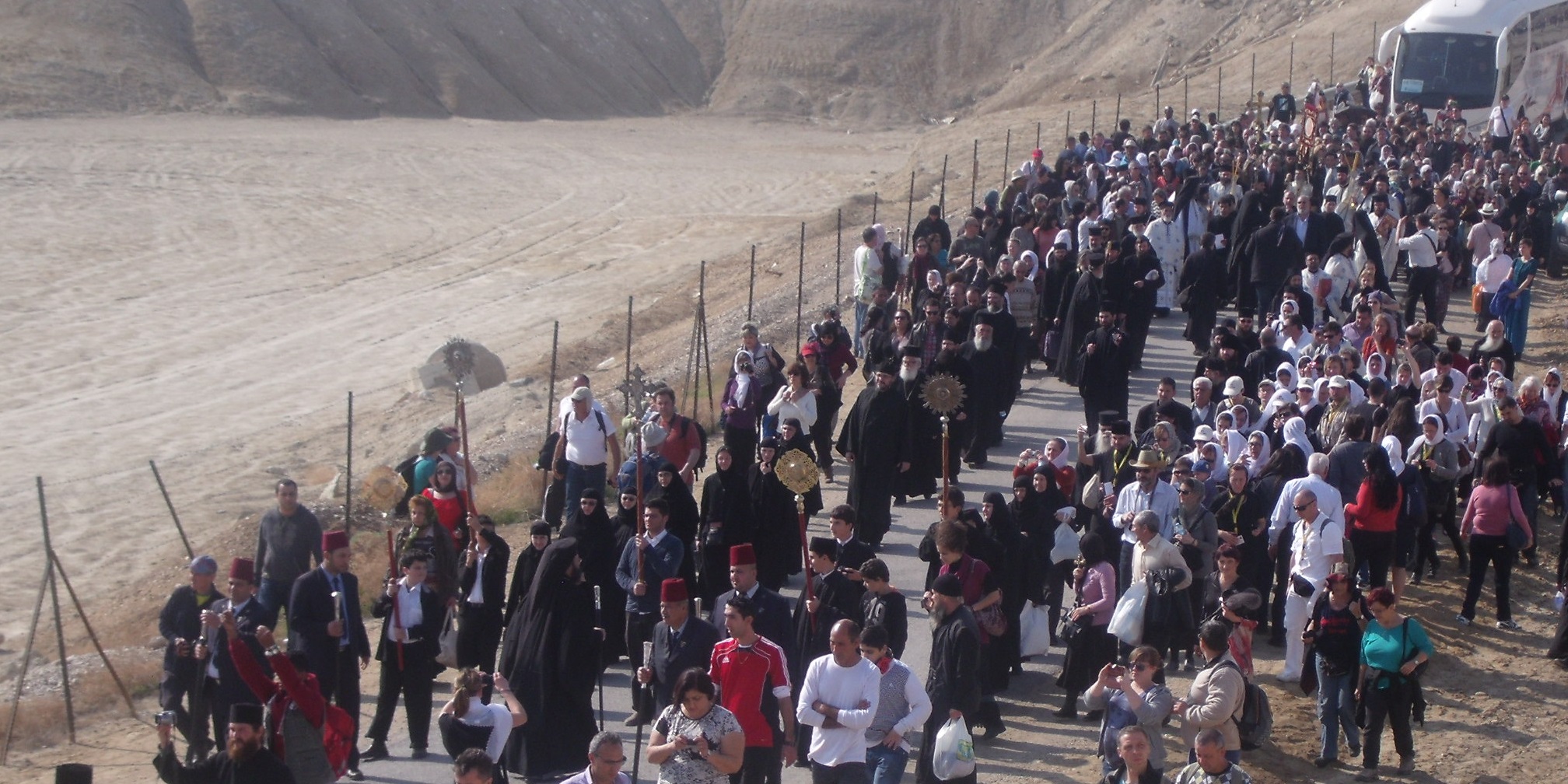 ,
, 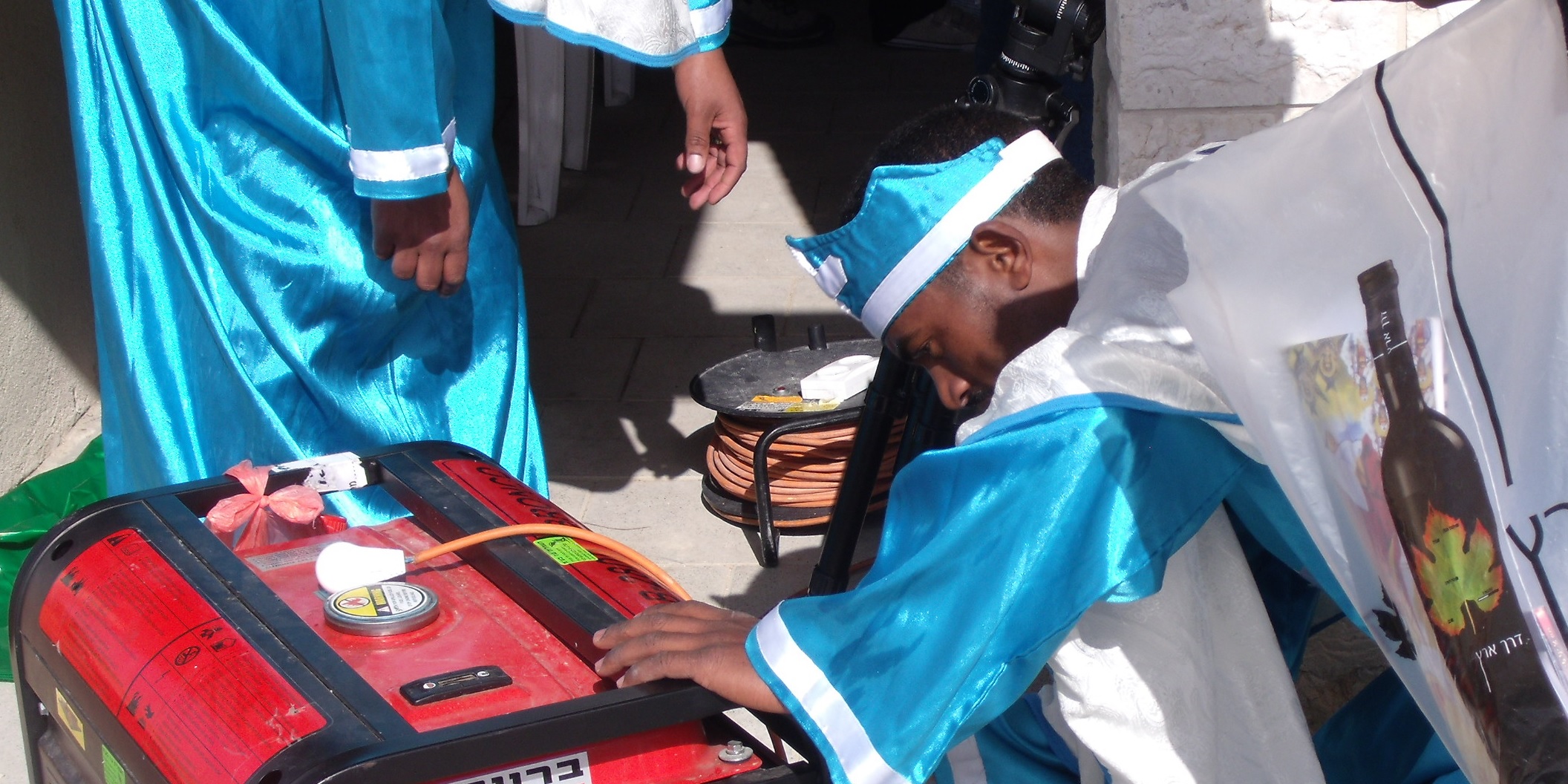 ,
, 
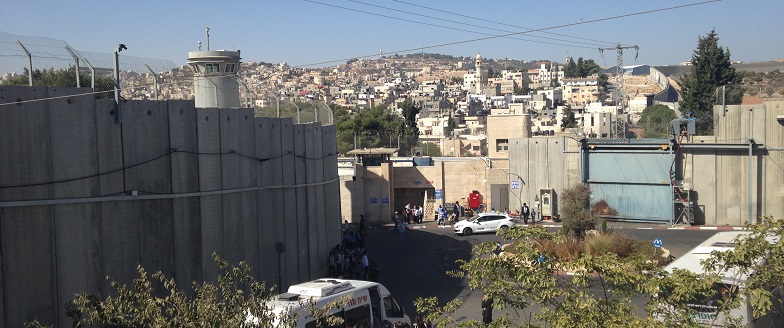 ,
, 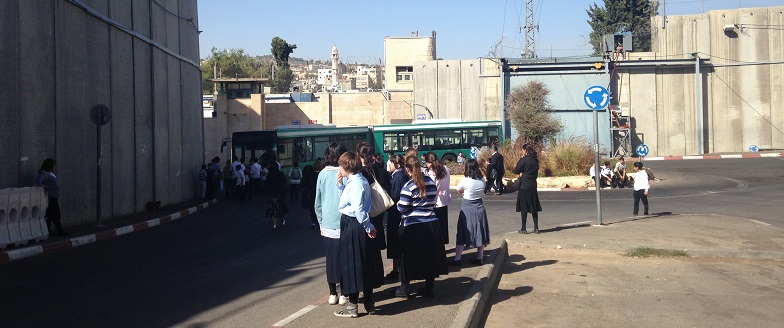 ,
, 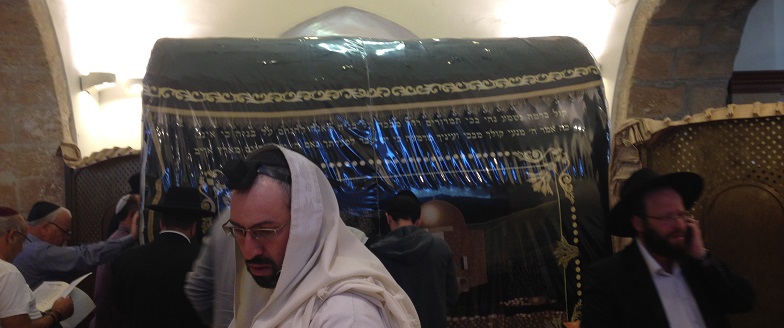 ,
, 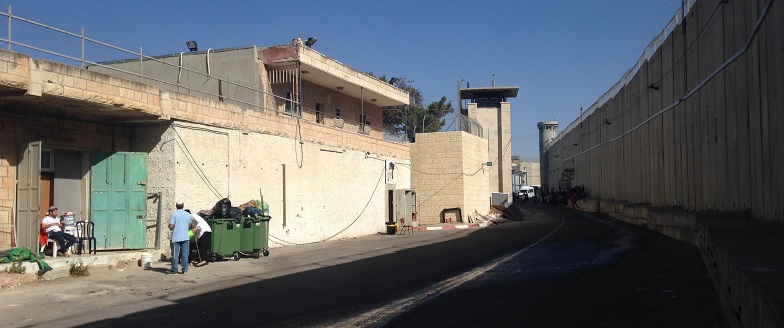 ,
, 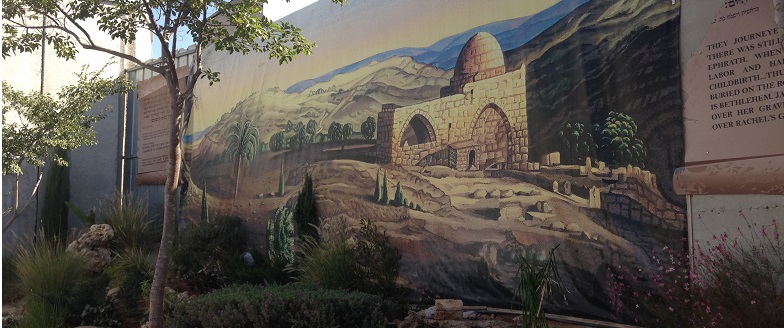 ,
,  ,
, 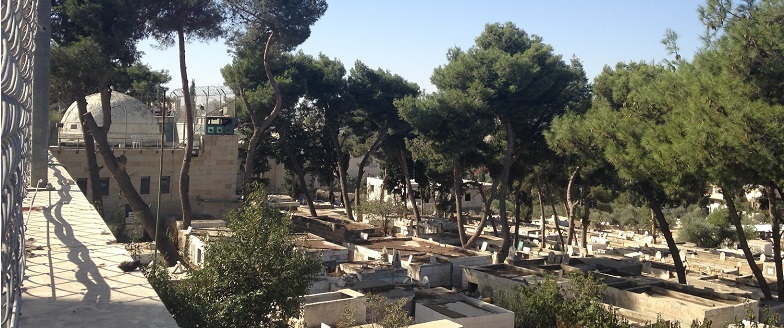 ,
, 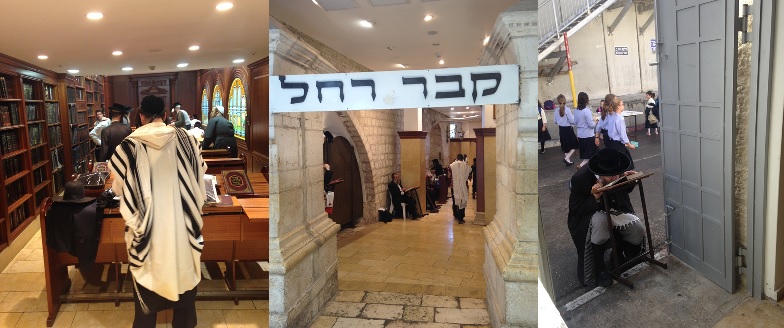
 ,
,  ,
,  ,
, 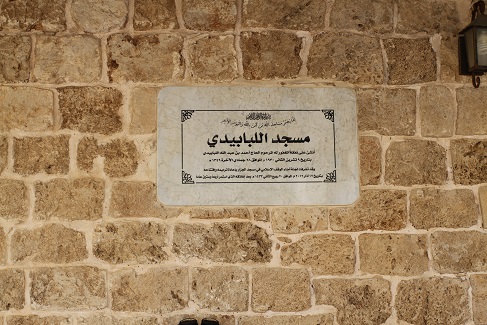 ,
, 
 ,
,  ,
,  ,
, 
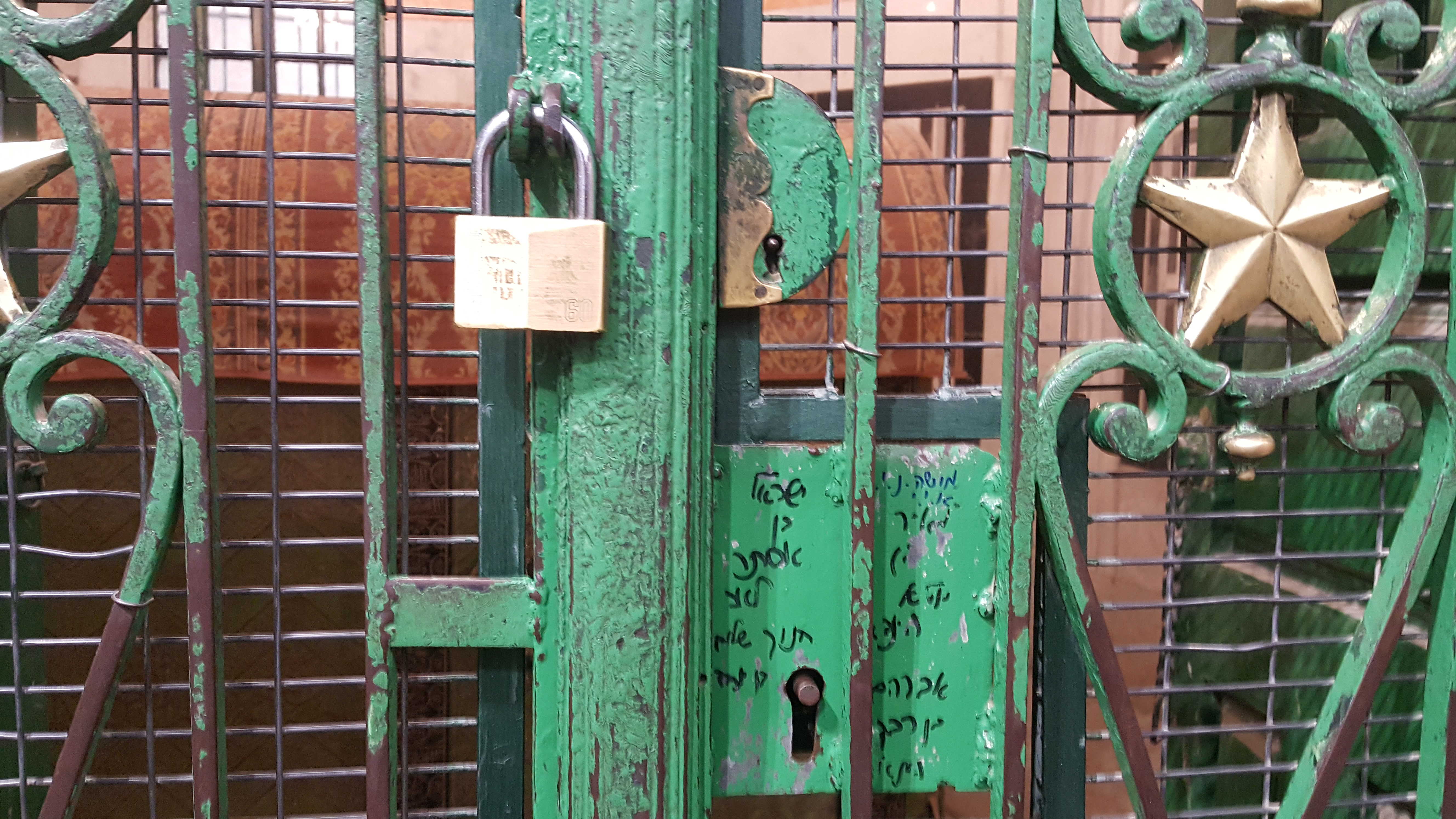 ,
,  ,
,  ,
,  ,
, 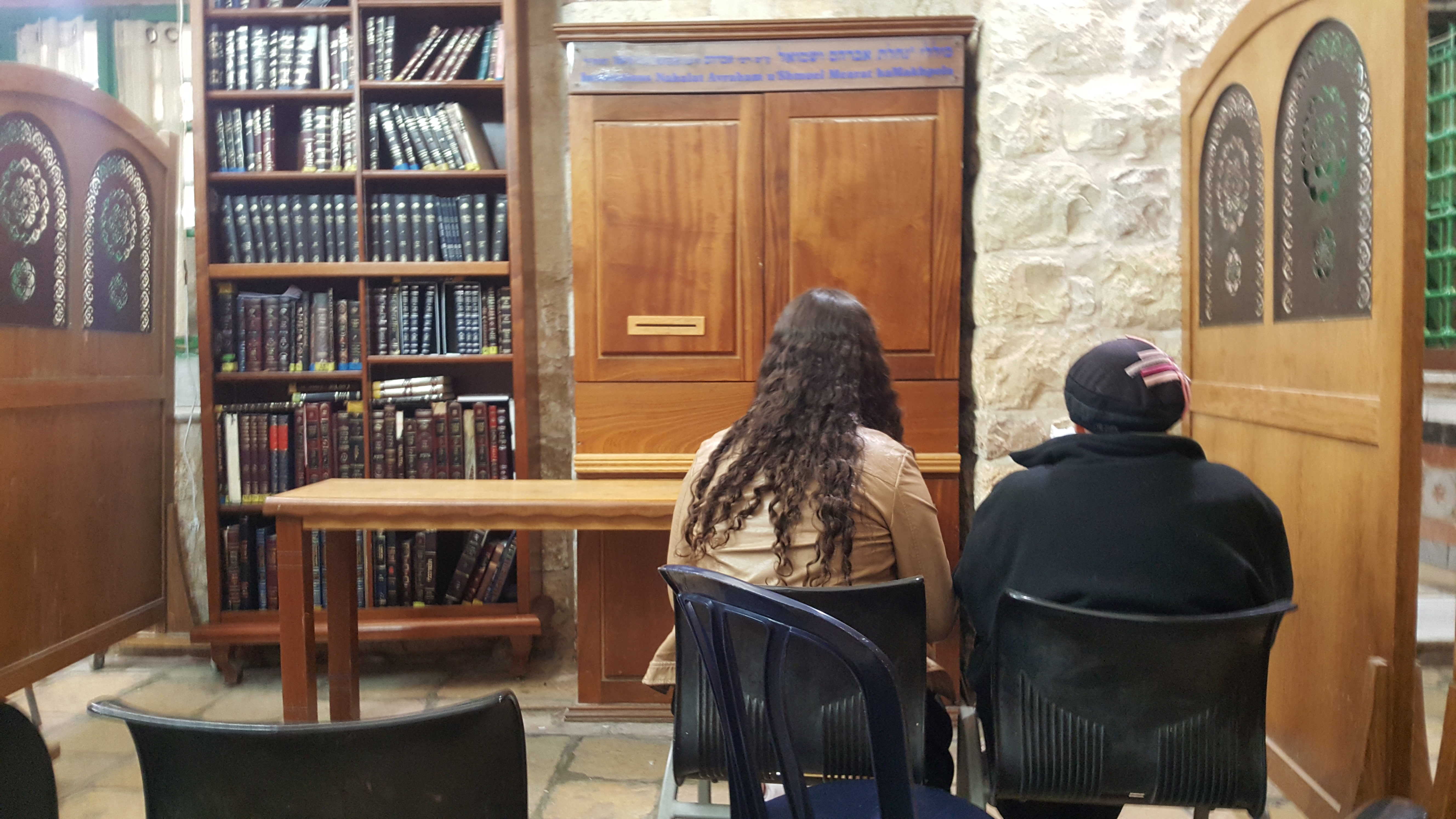 ,
,  ,
,  ,
, 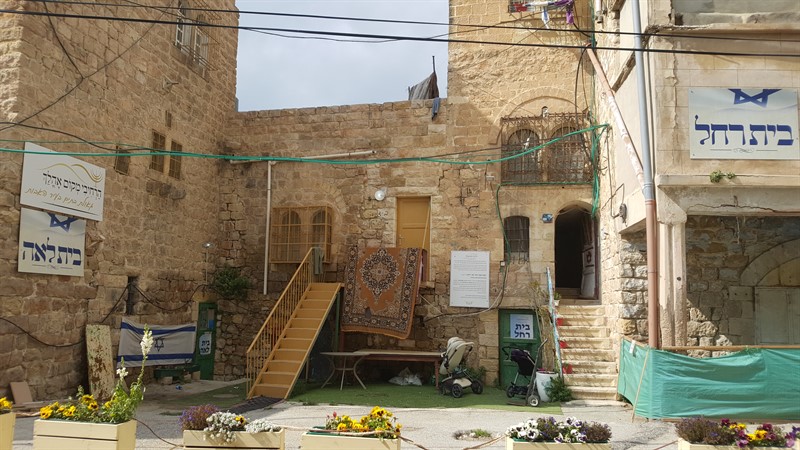 ,
, 
 ,
,  ,
, 